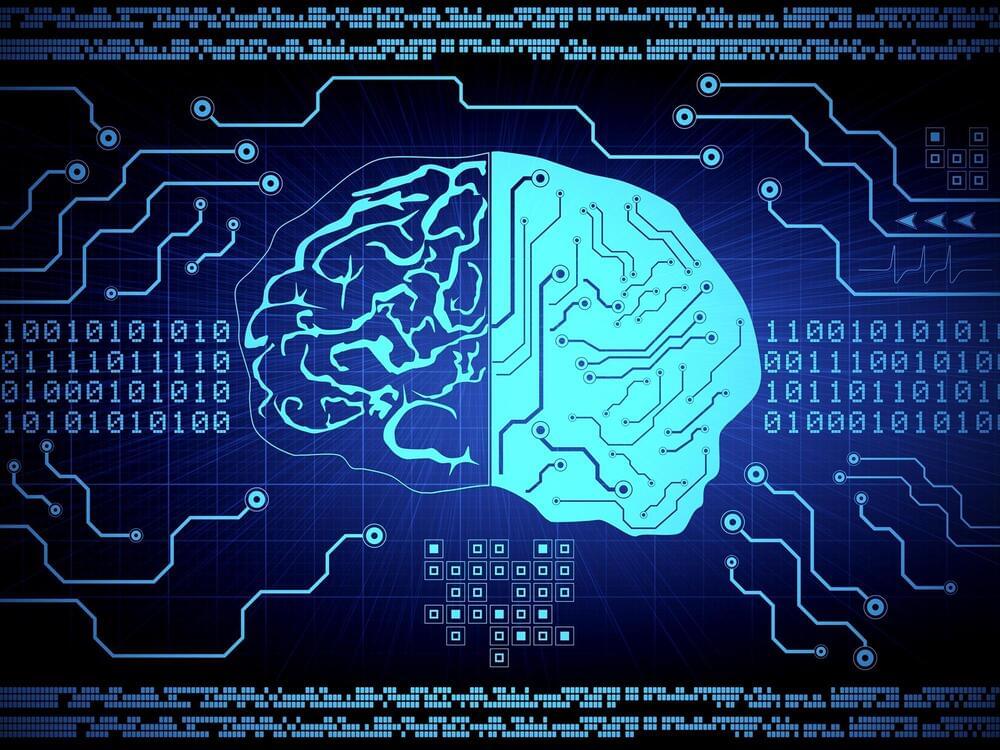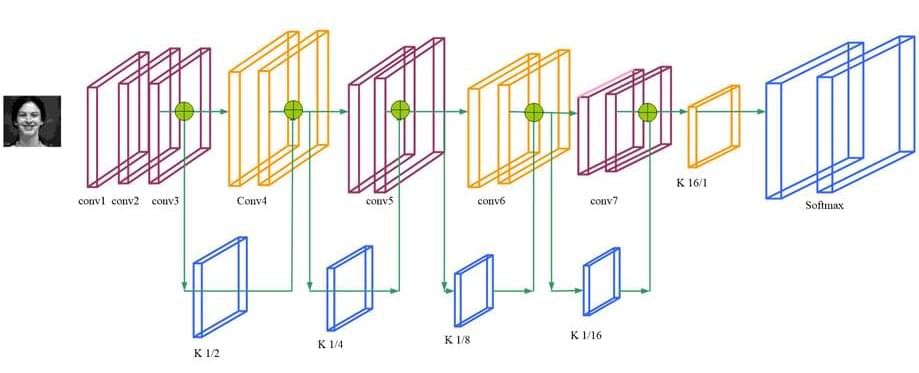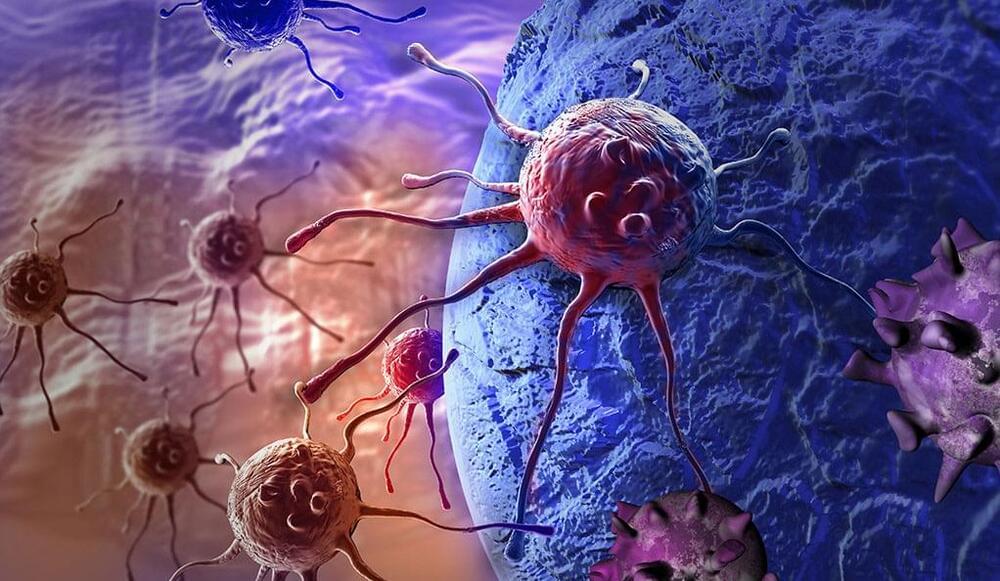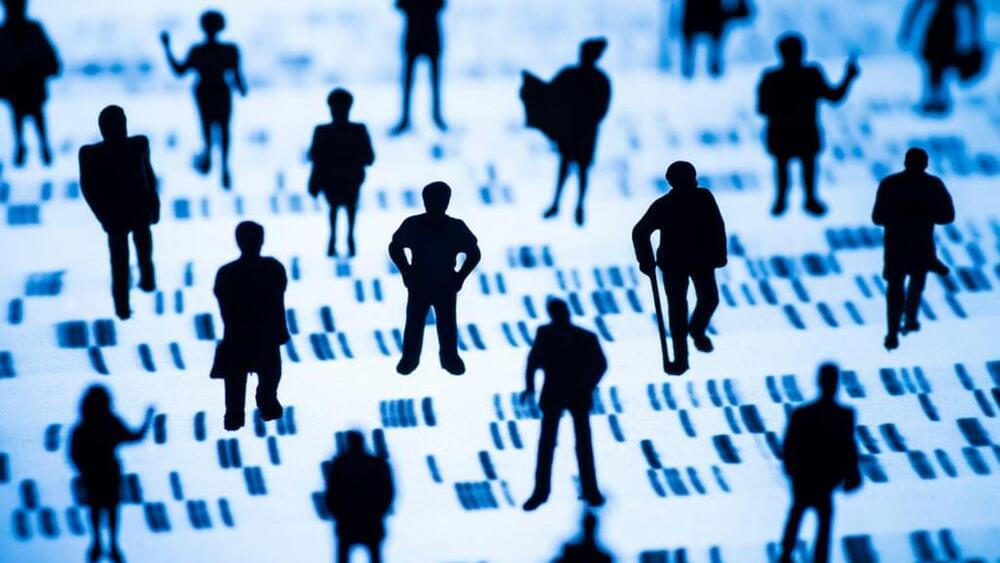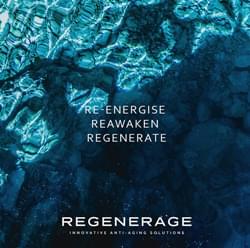A multi-institutional collaboration, which includes the U.S. Department of Energy’s (DOE) Argonne National Laboratory, has created a material that can be used to create computer chips that can do just that. It achieves this by using so-called “neuromorphic” circuitry and computer architecture to replicate brain functions. Purdue University professor Shriram Ramanathan led the team.
“Human brains can actually change as a result of learning new things,” said Subramanian Sankaranarayanan, a paper co-author with a joint appointment at Argonne and the University of Illinois Chicago. “We have now created a device for machines to reconfigure their circuits in a brain-like way.”
With this capability, artificial intelligence-based computers might do difficult jobs more quickly and accurately while using a lot less energy. One example is analyzing complicated medical images. Autonomous cars and robots in space that might rewire their circuits depending on experience are a more futuristic example.
